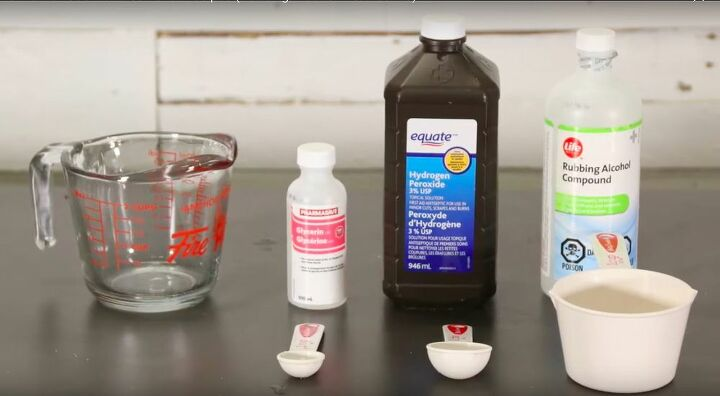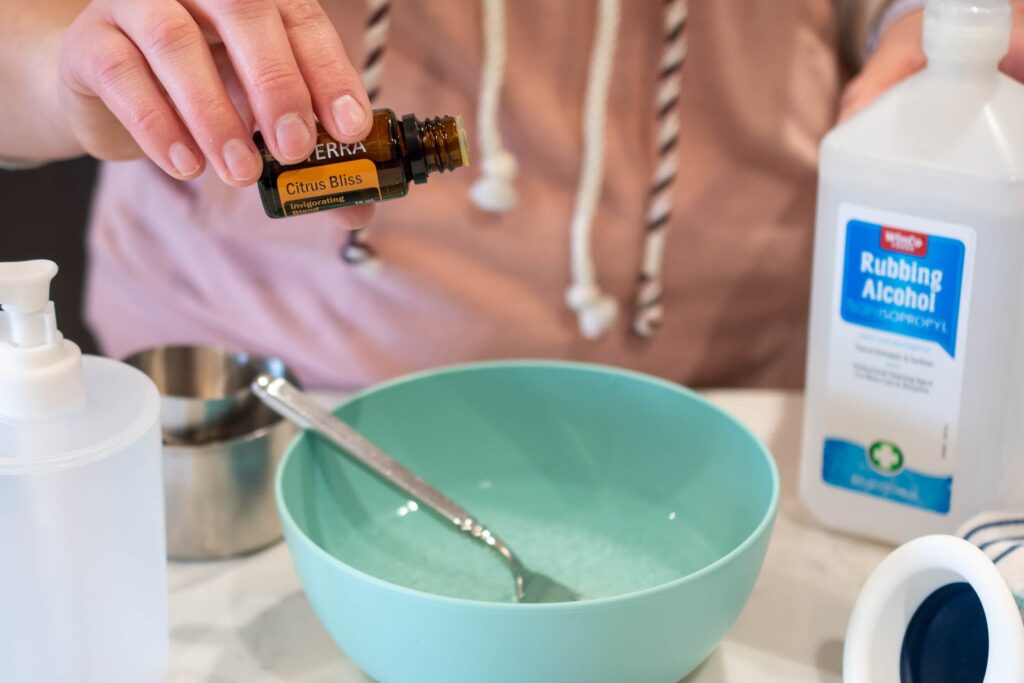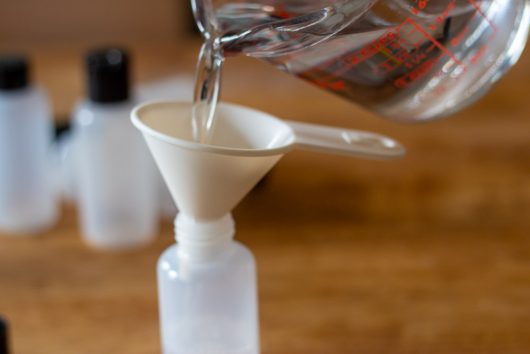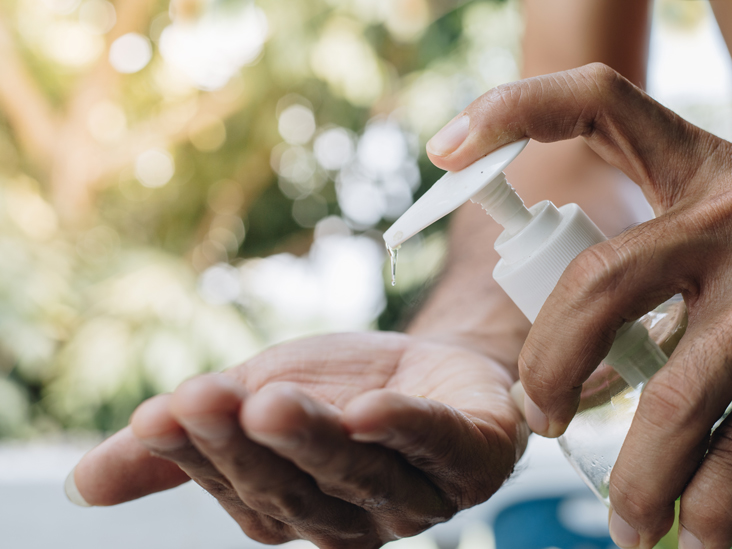Some commercial hand sanitizer contains ingredients as scary as the germs they protect you from, so why not make your own hand sanitizer from ingredients you select?
This is an excellent project for kids as well as adults since the project can be expanded to include a discussion about hygiene and disinfection. You’ll save money, protect yourself from germs, and can customize the scent of the hand sanitizer so it doesn’t smell medicinal.
How It Works
The active ingredient in this hand sanitizer recipe is alcohol, which needs to comprise at least 60% of the product in order to be an effective disinfectant.
The recipe calls for 99% isopropyl alcohol (rubbing alcohol) or ethanol (grain alcohol, most commonly available at 90%-95%). Please don’t use any other types of alcohol (e.g., methanol, butanol), as they are toxic.
Also, if you use a product that contains a lower percentage of alcohol (e.g., 70% alcohol) then you need to increase the amount of alcohol in the recipe or it won’t be as effective.
Essential Oils in Hand Sanitizer
In addition to adding fragrance to your hand sanitizer, the essential oil you choose may also help protect you against germs. For example, thyme and clove oil have antimicrobial properties.2
If you are using antimicrobial oils, only use a drop or two, since these oils tend to be very powerful and might irritate your skin. Other oils, such as lavender or chamomile, may help soothe your skin. Tea tree oil is antimicrobial. A couple of drops may be added to the recipe, but it’s important to note many people are sensitive to this oil, even when it’s diluted.
Things you will need to produce a sanitizer at Home
Equipment / Tools
- Bowl and spoon
- Funnel
- Bottle with a pump dispenser
Materials
- 2/3 cup 99 percent rubbing alcohol (isopropyl alcohol) or ethanol
- 1/3 cup aloe Vera gel
- 8 to 10 drops essential oil, optional
Instructions
Make Hand Sanitizer
Nothing could be easier! Simply mix the ingredients together and then use the funnel to pour them into the bottle. Screw the pump back onto the bottle and you’re ready to go.
Gather Your Ingredients
Make sure you have your rubbing alcohol, aloe Vera gel, and optional essential oils ready and measured out.

Mix Ingredients
Add all ingredients together in your bowl and mix thoroughly with a spoon.

Pour Into Your Bottle
Using the funnel, carefully pour your DIY hand sanitizer into the bottle of your choice, screw the top of your bottle on tight, and begin using.

Substitutions
The key ingredient in hand sanitizer is alcohol, so it’s possible to substitute for the aloe Vera gel. The purpose of the aloe gel is to protect hands against the drying effects of alcohol. Basically, it’s a humectant. This means it helps lock in moisture. Other humectants which could be used in place of aloe include glycerin or hand lotion. However, it’s still important to keep the alcohol in the final product at least 60%. If you can’t find alcohol, the best option is to wash your hands with soap and water rather than attempt a homemade hand sanitizer recipe.
Working with 70% Alcohol
Rubbing alcohol and ethanol from a store tends to be either 90-99% alcohol or else 70% alcohol. You can disinfect your hands with 70% alcohol, but there’s very little you can add to it (maybe a few drops of essential oil or jojoba oil, to improve scent or texture). Mixing 70% alcohol with other ingredients dilutes the alcohol, so it’s easy to drop below the 60% alcohol recommended by the CDC.3
Protect Your Hands
Alcohol dries the skin and strips protective oils. Follow up a hand sanitizer (or handwashing) with a good lotion to keep skin in top shape. Damaged skin has tiny cracks that trap bacteria and viruses and make them harder to remove. If you have sensitive skin, try to keep the amount of alcohol in hand sanitizer around 60-70% (as in this recipe) because a higher concentration may cause irritation.













